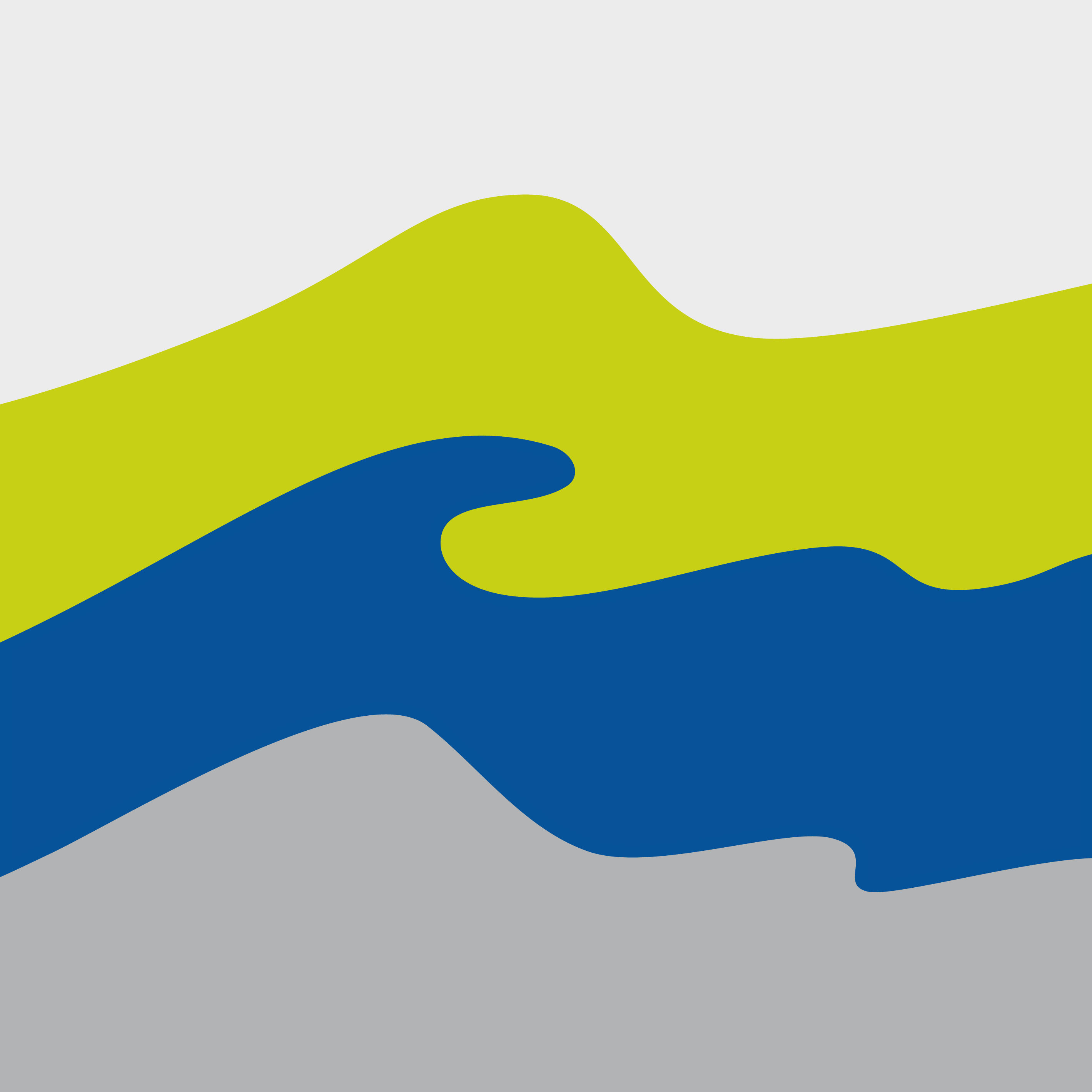In our study, using cutting-edge results from our large-scale wave tank facility (GWK), a novel numerical model to estimate the forces on submerged dynamically moving mussel dropper lines is introduced. Drag and inertia coefficients (CD = 1.1 and CM1.7, respectively) are recommended for modeling. The numerical model, based on a modified Morison equation, considers mussel dropper line displacement.
Aquaculture-related parameter influences are discussed, providing engineering insights for optimal mussel aquaculture placement in the water column.
Landmann, J., Flack, C., Kowalsky, U., Wüchner, R., Hildebrandt, A., Goseberg, N.
Hydrodynamic coefficients of mussel dropper lines derived from large-scale experiments and structural dynamics. J. Ocean Eng. Mar. Energy (2023).
https://doi.org/10.1007/s40722-023-00306-w



